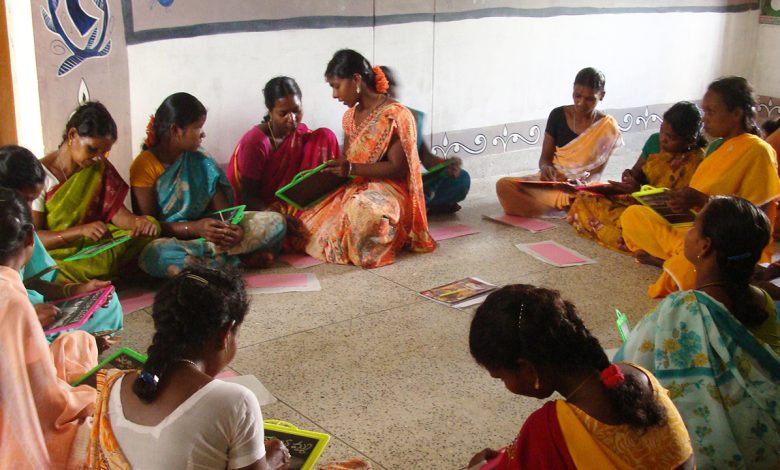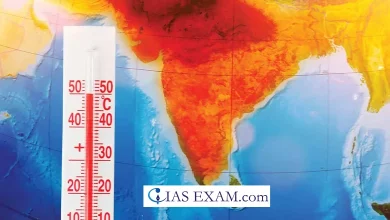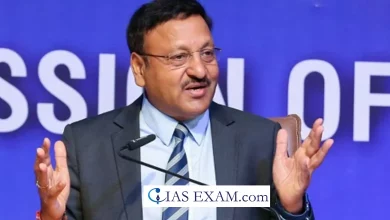Daily Current Affairs for UPSC
New India Literacy Programme
Syllabus- Government Policies and Interventions [GS Paper-2]

Context- The “New India Literacy Programme” (NILP), a new Centrally Sponsored Scheme, has been launched by the government and will be implemented over the course of five years, from FYs 2022-23 to 2026-27.
Key Highlights
- The plan aims to reach a total of 5.00 crore people over the age of 15 who are not literate.
- There are five components to the Scheme: i) Basic Education, ii) Critical Life Skills, iii) Development of Vocational Skills, and iv) Foundational Literacy and Numeracy
- The surveyors in the States and UTs use a mobile app to conduct door-to-door surveys in order to identify the scheme’s beneficiaries.
- Through a mobile app, non-literate individuals can also take advantage of the scheme by directly registering from any location. Volunteerism in education is the primary component of the plan.
- The plan is primarily carried out online and is based on technology. Through the mobile apps, the teaching and learning materials and resources are accessible on the NCERT DIKSHA platform.
- A person’s ability to read and solve basic math problems (like addition and subtraction) is called foundational literacy FLN.
Challenges
- Despite improvements to the school’s infrastructure, such as uniforms, accessible restrooms, water, and textbooks, classroom procedures remain a challenge.
- Education suffers from a lack of direct funding for schools, teacher shortages, and teacher assignments for non-teaching duties.
- There is still a lack of a methodical approach to hiring good teachers and establishing institutions for teacher development.
- Nishtha, Pratham’s Read India campaign, and other face-to-face or digital initiatives for teacher development suffer from poor governance.
Initiatives
- Nipun Bharat : It was launched with the goal of providing all Class 3 children with literacy and numeracy skills by 2026 and 2027.
- Under the auspices of the Centrally Sponsored Scheme of Samagra Shiksha, it envisaged the establishment of a five-tier implementation mechanism in all States and UTs at the national, state, district, block, and school levels.
- NEP 2020 – The National Education Policy (NEP): It includes provisions for the National Mission on Foundational Literacy and Numeracy, which aims to ensure that all primary schools have universal foundational literacy and numeracy.
- In addition, it aims to identify state-specific targets and objectives that must be met by 2025.
Future Prospects
- The utilization of technology, decentralization of funding, and participation of the community in the process all have the potential to further enhance foundational literacy.





.png)



